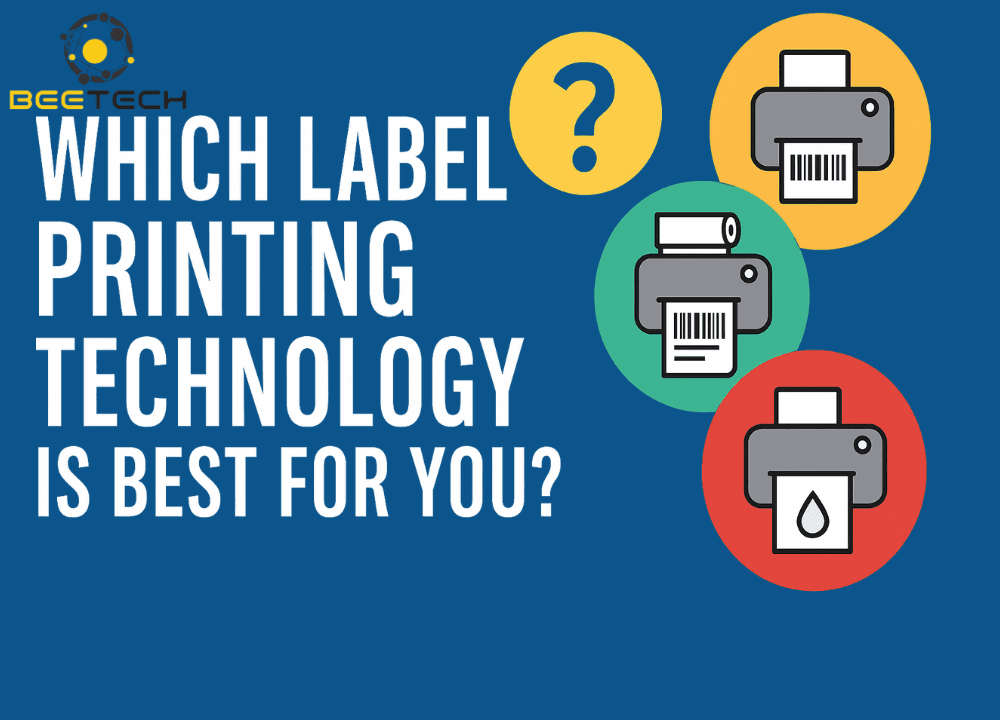80-82 Cao Duc Lan, District 2, HCMC, Vietnam
+84 76 865 6688
info@beetech.com.vn
+84 76 865 6688
About us
Contact us
80-82 Cao Duc Lan, District 2, HCMC, Vietnam
+84 76 865 6688
info@beetech.com.vn
+84 76 865 6688
About us
Contact us

6 things to know to successfully apply barcode technology to your business
Why Do Businesses Need Barcode Technology?
In today’s modern supply chain environment, product traceability is essential to ensure transparency, meet quality standards, and enable efficient product recalls when necessary. While many companies still rely on manual data entry, switching to automated data collection systems such as barcodes offers significant advantages: speed, accuracy, easy extraction, and reliable storage.
What Is a Barcode?
A barcode is a series of symbols encoded into parallel lines and spaces that can be scanned and converted into digital data. It is the most widely used automated data collection technology in warehousing and retail environments.
6 Key Principles to Successfully Implement a Barcode System
Before you determine the size or placement of your barcodes, you need to familiarize yourself with industry standards. Most industries have specific regulations you must comply with when designing barcode labels. GS1 is the most widely recognized global standard. Additionally, your business sector may dictate whether a 1D (linear) or 2D (matrix) barcode is most appropriate.
Barcodes can be scanned in a variety of environments depending on your operations—warehouses, distribution centers, retail stores, or point-of-sale (PoS) systems. The environment plays a key role in determining the appropriate barcode size, type, and color. Understanding where your barcode will be scanned helps you design the most effective solution.
Avoid placing barcodes on folds, edges, caps, or other areas prone to being obscured or damaged. One of the primary benefits of barcode systems is speed, so make sure barcodes are placed in easily visible and unobstructed areas. If staff must search for or flatten packaging to scan a code, it slows down the entire traceability process and reduces efficiency.
While barcode dimensions and color schemes may vary by industry, some customization is often required. A barcode must be large enough to scan easily—if it’s too small, it can slow down workflows. On the other hand, overly large barcodes waste space. Black barcodes on white backgrounds are the industry default for optimal readability, but other combinations may be used if your industry permits. Just remember: readability is key. Avoid overly decorative or colorful labels that hinder scan performance.
Most companies rely on a variety of software systems and technologies. When implementing a barcode system, ensure compatibility with your existing infrastructure—ERP, WMS, or PoS platforms. Installation may require modifications to current software, so plan ahead to avoid disruptions. An experienced barcode solution provider can help integrate an automatic data collection system with minimal issues for a smooth transition.
Thermal Printers:
These include direct thermal and thermal transfer printers, both using heat to print. Known for high-quality and durable prints, direct thermal labels have a shorter shelf life than thermal transfer labels, which may influence your choice.
Inkjet Printers:
Inkjet printers are fast and ideal for high-speed production lines. However, they tend to have higher installation and maintenance costs than thermal printers.
Dot Matrix Printers:
These printers produce barcodes using hundreds of small dots. They’re budget-friendly and versatile in terms of materials, but offer lower to moderate print quality.
When selecting a printer, consider the total cost of ownership (TCO) and potential return on investment (ROI) to ensure long-term efficiency.
Implementing a barcode system requires planning, coordination, and strategic execution. But once it’s properly established, businesses will benefit from greater operational efficiency and a stronger ROI.
If your business is looking for a reliable barcode system, Beetech is a trusted partner with over 10 years of experience in Auto-ID technology and supply chain management.
Beetech offers:
Genuine barcode equipment: barcode printers, handheld scanners, fixed readers
Consultation and customized barcode system design for various industries
Integration services for ERP, WMS, and PoS software
Training, user guidance, and periodic equipment maintenance
👉 Contact Beetech today for a personalized barcode solution:
📞 Hotline: +84 768 656 688
🌐 Website: www.beetech.com.vn
📧 Email: info@beetech.com.vn
Beetech – Helping businesses automate operations, improve efficiency, and optimize costs.




How do barcodes work?
21/05/2025 09:52:52

6 things to know to successfully apply barcode technology to your business
19/05/2025 04:16:28

Barcode scanners help reduce shrinkage and increase inventory accuracy”
16/05/2025 04:21:10

Which Label Printing Technology Is Best for You?
16/05/2025 03:09:19

Comprehensive barcode solution: Optimize management, improve performance and digitally transform businesses
06/05/2025 03:50:33

Why can barcode scanners increase work efficiency?
05/05/2025 04:22:27